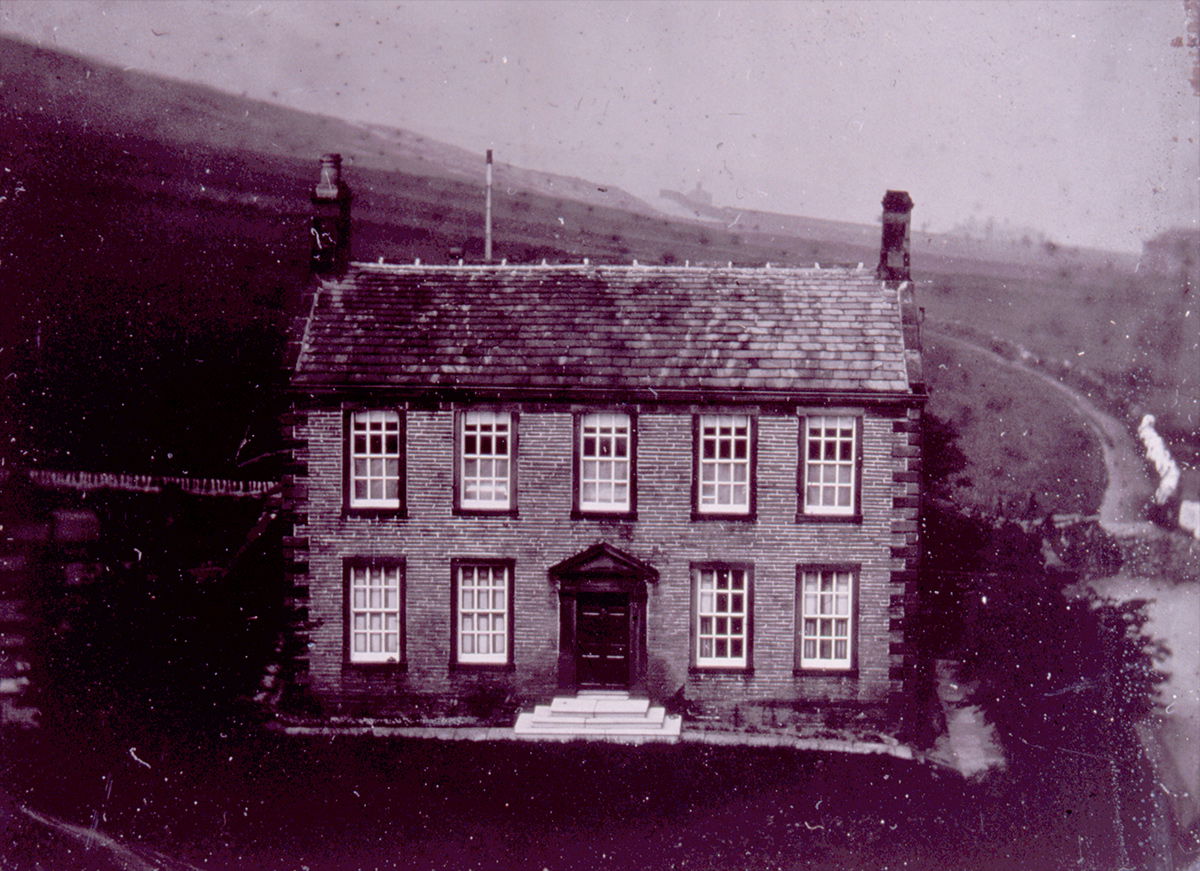
The Enigma of Emily Brontë
Since the moment Emily Brontë died we have tried – and failed – to understand who she was.
Although Wuthering Heights (1847) is now acclaimed as a classic of English literature, its author has been remembered less fondly – and rather unfairly. Across numerous Brontë biographies from the Victorian era onwards, Emily has been portrayed in a range of unflattering ways and as the weirdest of the ‘three weird sisters’ – as the poet Ted Hughes called them. She is cast as an old-fashioned, people-hating spinster who roamed alone on the Yorkshire moors with her dog, or as a socially awkward girl-woman who made herself sick – deliberately – whenever she left home. Elsewhere, she is an obstinate figure who refused medical treatment when she needed it most, or an ethereal soul too fragile for the real world. With such eccentric portrayals, it is no wonder that, as the novelist Muriel Spark said, Emily is continually perceived as ‘no normal being’.





